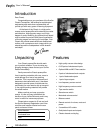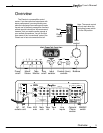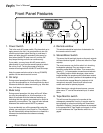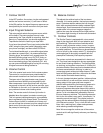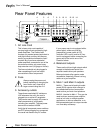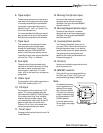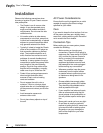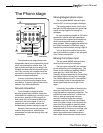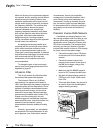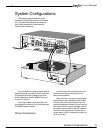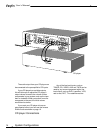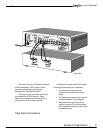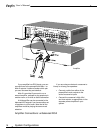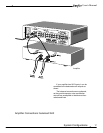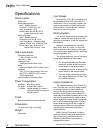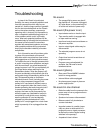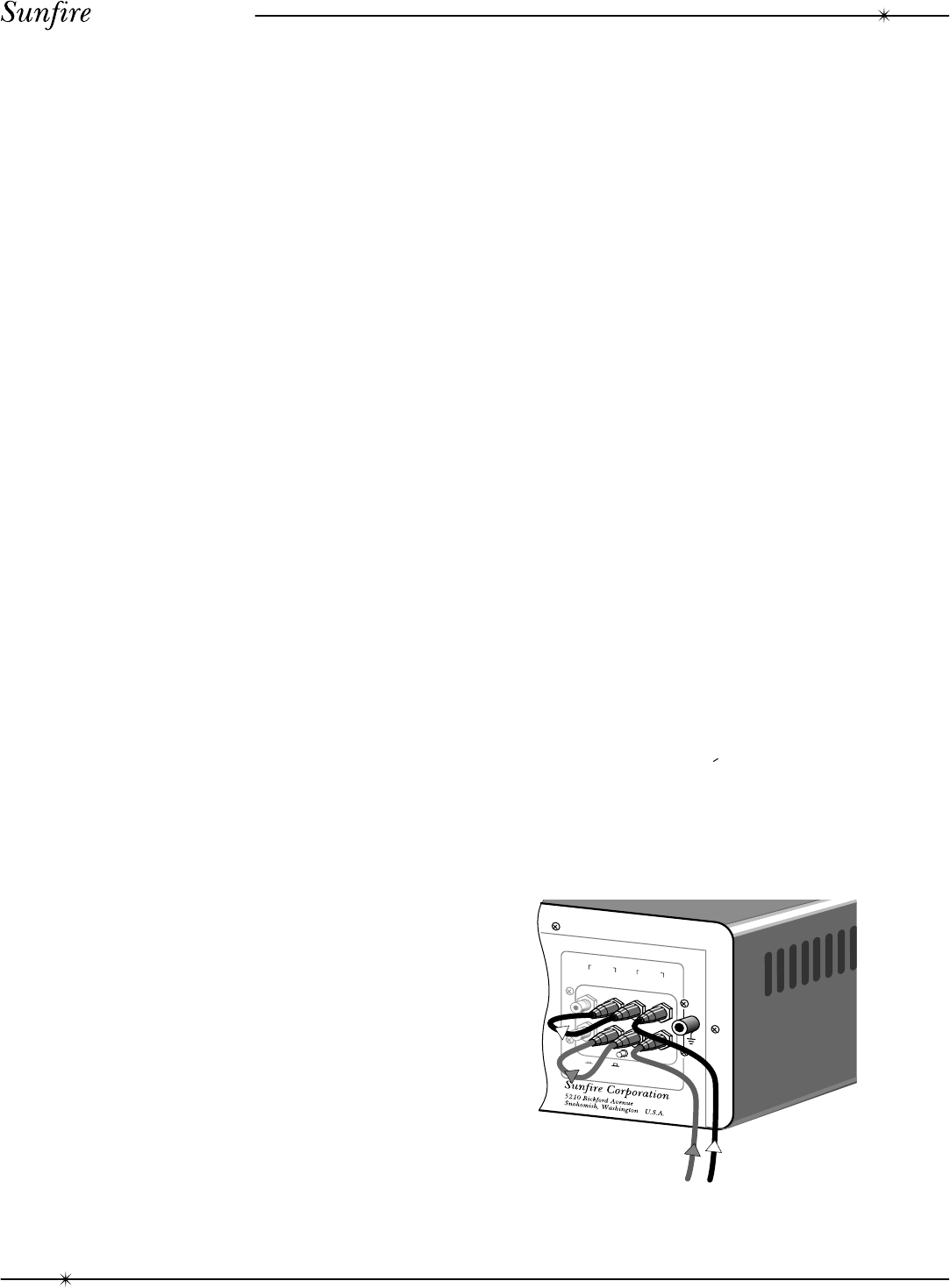
12
User's Manual
efforts on the part of the transformer designer
are required, and the resulting cost will almost
always be many hundreds of dollars. Less
expensive transformers will be quiet, but will
usually exhibit ringing, phase shift, and some
low frequency distortion. The problems with
most active step-up devices are simply
reversed. Moderate cost, smooth high-
frequency response, essentially zero phase
shift and low distortion may almost be taken
for granted, while heroic and expensive
design techniques, including cryogenic
cooling, have been required to even approach
the low noise of a transformer.
A superbly accurate dual parallel input,
combined with the use of high current tubes
which exhibit an almost unheard-of noise
figure at room temperatures, made a new
“super-gain” phono stage possible. It yields all
the performance advantages of active circuits,
with noise levels within 6 dB of the best
transformers, all at moderate cost and at
room temperature.
To change the gain or the input imped-
ance of your phono stage please refer to the
Appendix on page 22.
Infrasonic Filter
This circuit corrects for difficulties often
encountered with phono disc playback.
The Infrasonic Filter is an 18 dB per
octave design. Its response is flat down to
10Hz, then attenuates the preamp’s frequency
response rapidly at lower frequencies. Phono
playback is inevitably contaminated to some
extent by sub-sonic energy, due to normal
amounts of record warp, tonearm/cartridge
resonance and turntable motor rumble. If not
filtered out of the audio signal, this sub-
audible energy can overload tape recorders,
waste amplifier power, and drive woofers into
excessive cone excursions, causing
intermodulation distortion audible as muddy
bass.
Normally, “group delay”, an unavoidable
consequence of the rapid attenuation of sub-
sonic response, can, under certain musical
circumstances, have a just perceptible
consequence in the audio passband. Infra-
sonic filtering is thus often somewhat of a
compromise. In order to eliminate this prob-
lem, the onset of rolloff has been delayed a
full octave below 20 Hz, effectively reducing
group delay to well below the threshold of
audibility.
Precision Inverse RIAA Network
A wonderful and classic pleasure in this
day and age of digital audio is to listen to vinyl
records, which were made using the RIAA
equalization curve. Ordinarily of course, with
CDs that’s not possible. The next best thing,
however, is to use your Sunfire’s Precision
Inverse RIAA network to listen to CDs through
its classic vacuum tube phono stage:
• Connect the output of your CD player
to the line-input of the inverse phono
network.
• Connect the phono output of the
inverse phono network to the input of
the MM phono stage, using a short
interconnect cable.
• Make sure that the MM/MC selector
button is OUT to select the MM input.
• Set the front panel selector switch to
CD/Phono; and “Voila”, RIAA sound
from CDs!
• This mode also allows a line source to
be used to check that the MM phono
stage is working correctly.
P
A
S
S
IV
E
P
R
E
C
IS
IO
N
IN
V
E
R
S
E
R
IA
A
P
H
O
N
O
N
E
T
W
O
R
K
PHONO
/LINE INPUTS
FROM CD PLAYER
R
L
M
O
V
IN
G
C
O
IL
M
O
V
IN
G
M
A
G
N
E
T
P
H
O
N
O
O
U
T
L
IN
E
IN
P
H
O
N
O
IN
V
E
R
S
E
P
H
O
N
O
The Phono stage



